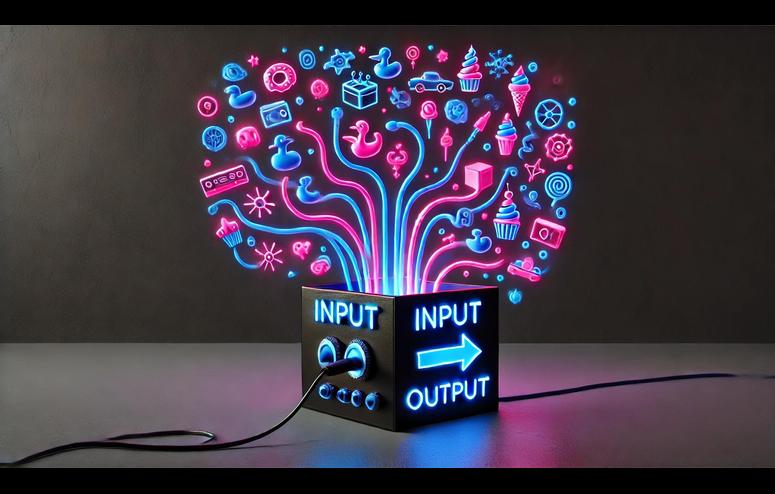How Intents Can Vastly Improve the Web3 User Experience - "The Defiant"

The dominant mode of interaction on blockchains today is transaction-centric. This burdens users with the need to manually carry out each step of the process themselves - from initiating a transaction to navigating various chains and applications, executing smart contracts, and bridging assets when necessary. There exists an alternative mode based not on transactions but on intents: the outcomes that users want to accomplish. Intent-centric execution enables users to express the desired result they are looking for, outsourcing the details and complexity of what is required to a network of ‘solvers’ that satisfy the desired outcome on their behalf. Intents bring a more Web2-like experience to Web3. For example, with ride-hailing apps like Uber or Lyft, the user has an intent in mind: to get from location A to B. The user inputs their intent, along with certain preferences, and the application automatically selects the best match, finding the nearest driver to get them from A to B. Protocols and operating systems that take an intent-centric approach enable blockchains and decentralized applications to provide a similar experience for their users. Why are intents important?
To bring the web3 experience more in line with web2 - Users of applications today have become accustomed to convenient and accessible modes of achieving the outcomes they are looking for. In order for web3 to reach widespread adoption, the industry needs to move closer to that experience that users already expect.
Independence without inconvenience - While the introduction of blockchains introduced a new level of independence and autonomy for users, it also requires more work on behalf of users to achieve their goals. Banks for instance have successfully abstracted away the need for parties to literally exchange funds amongst themselves in manual and cumbersome ways. In the context of crypto, decentralized finance provides users autonomy from intermediaries but forces users to carry out all the various steps involved, even if complicated or cumbersome. There are more effective ways of ensuring users retain their autonomy (and retain custody of funds) while outsourcing the need to execute every step of the process.
What are the key characteristics of intents?
Intents are declarative, as opposed to directive. Users define what they want to achieve without needing to prescribe the intermediate steps needed to achieve it. Intents only care about the “what” and are less concerned with the “how” (though users are free to declare preferences for how something is done). Intents are a method of abstracting away blockchain complexity by reducing the number of decisions users have to make. Intents give you guarantees that all preconditions will be met if there is a successful match. However, if there is no successful match, users still retain full custody of their assets. If the intent matching is unsuccessful, it's like nothing happened, and the user’s assets stay where they are.
What are notable use cases for intents? Use cases include:
Limit orders - an order to buy or sell a token with a stated maximum or minimum price
Multichain/Multi-Dex Swaps - facilitating token swaps across different blockchains and decentralized exchanges, ensuring optimal pricing and liquidity
Decentralized crowdfunding - raising money using cryptocurrency tokens as funds
P2P Lending - borrowing and lending via a peer-based network
OTC NFT Trading - over-the-counter purchases of NFTs
Multichat - a Slack-like distributed chat network without any central server operators
Public signal - a demand-side version of Kickstarter implemented with intents
Projects like UniswapX, Cowswap, Dydx, Opensea, Across, Arbitrum and Optimism already use intents. For example, CowSwap is a protocol that trades through batch auctions and has a competitive marketplace of solvers competing to find the winning batch using their own unique strategies. Users indicate what they want to buy or sell and at what price. User orders are consolidated in the orderbook before being sent to someone who plays the role of auctioneer. An auction is initiated with trades sent to solvers. Solvers compete to create the most ideal solution (e.g. most cost-saving), which the auctioneer then chooses as the winner, settling the transaction and posting it on-chain. Who should use the intent-centric approach? Developers can incorporate intents into existing dApps to provide a better user experience and interoperability. They can also leverage a more general intent-centric operating system as part of the development process instead of building their dApp entirely within a virtual machine like Ethereum’s EVM. For example, developers could build their dApp on an intent-centric operating system, tap into state and liquidity from anywhere in the Ethereum ecosystem (including L2s), and use the Ethereum main chain (or any other) as the settlement layer. In this way, intents can be used to address shared sequencing for Ethereum rollups, defragmenting state and liquidity across many chains and enabling developers to treat the entire multichain landscape as a single unified network. For users, this would mean a more streamlined and secure experience, eliminating the need to navigate the complexities of using different DEXs, dApps, chains, and bridges. Ultimately, intents may be the missing link between the world of decentralized protocols (and all the benefits they offer) and the world of everyday users who are accustomed to the simplicity of Web2 experiences. Adrian Brink is the co-founder of Namada and Anoma, an intent-centric operating system that enables users of decentralized apps to define the outcomes they want.
